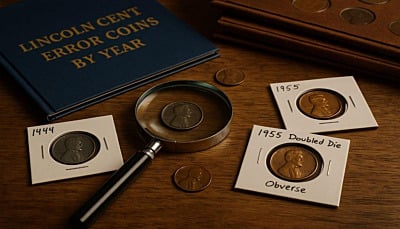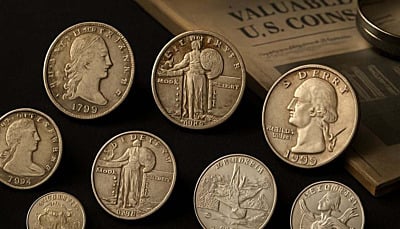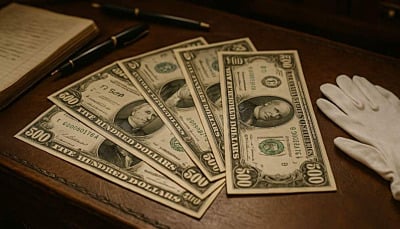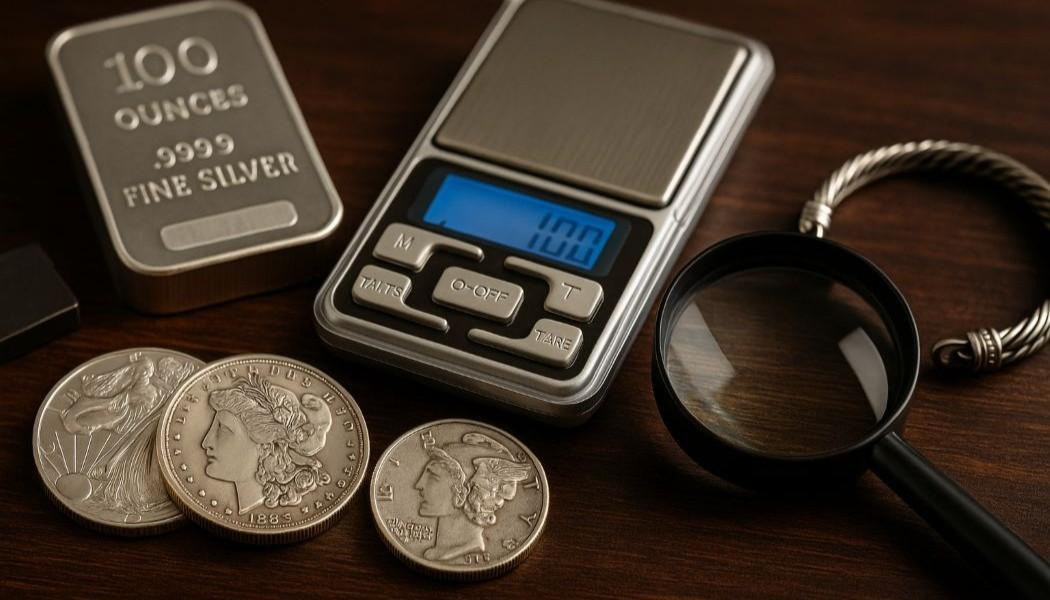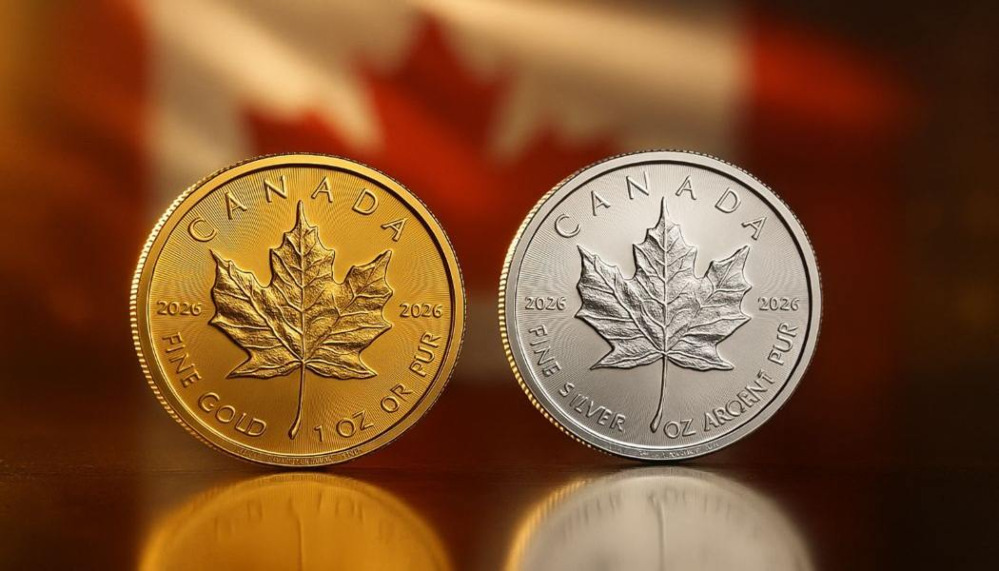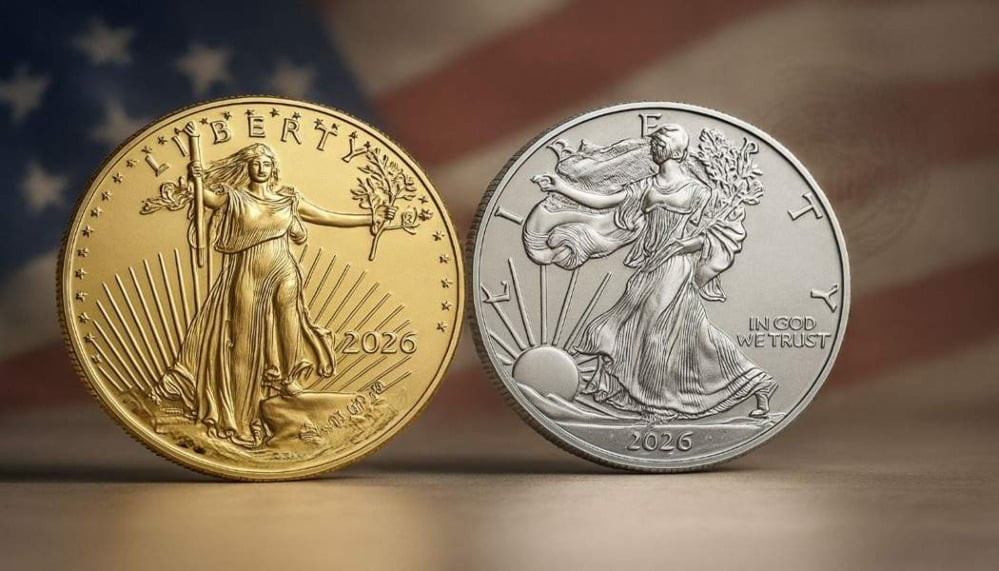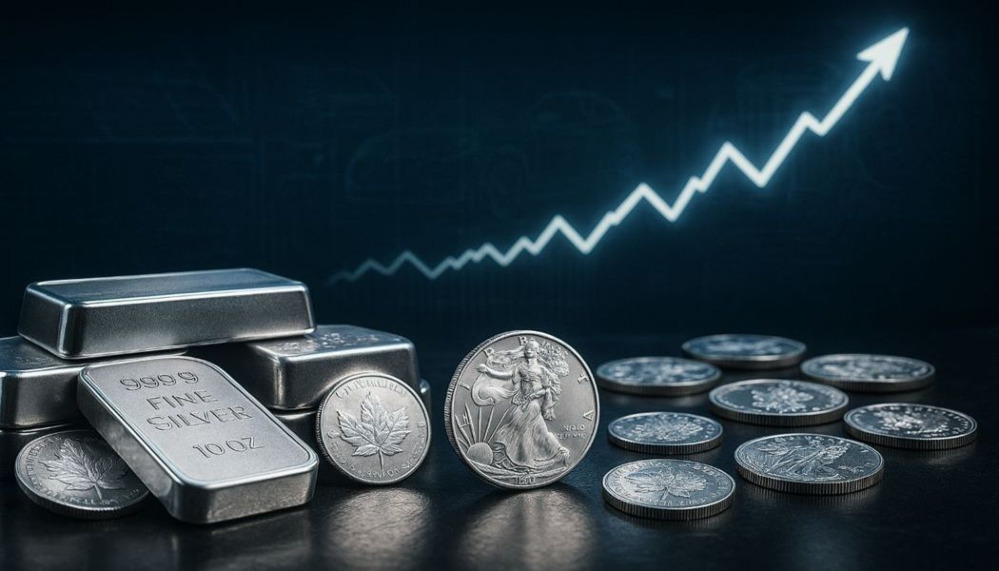Why Authenticating Silver Is Crucial
For centuries, silver has symbolized wealth, artistry, and trust. Yet in today’s global market, the rise in counterfeit coins and bullion has made silver authentication more important than ever. As silver spot prices climb, counterfeiters are producing increasingly convincing imitations. For investors, just one fake bar or coin can compromise a portfolio’s integrity. For collectors, authenticity directly determines a piece’s numismatic and resale value. Whether you buy bullion, jewelry, or antique silverware, verifying authenticity protects both your financial security and your confidence as a buyer.
Understanding Silver Purity and Alloys
Because pure silver is naturally soft, it’s commonly alloyed with other metals for strength and durability. The purity or “fineness” of silver is measured in parts per thousand and affects both its value and intended use:
- .999 Fine Silver (Investment Grade):
Contains 99.9% pure silver and is standard for bullion bars and coins, including the American Silver Eagle. Its high purity makes it ideal for investors seeking intrinsic value. -
Sterling Silver (.925):
Made of 92.5% silver and 7.5% copper, sterling is stronger and more resistant to wear—perfect for jewelry, flatware, and collectibles. -
Historic and Mixed Alloys:
Many vintage and circulated coins range from 40%–90% silver, varying by mint and era.
Recognizing these purity levels helps collectors accurately assess market value and authenticity before purchase.
Quick At-Home Silver Testing Methods
While laboratory tests offer precision, collectors often rely on simple DIY methods to confirm authenticity. Here are the most effective:
-
Magnet Test
Silver isn’t magnetic. If your coin or bar clings to a magnet, it’s likely a plated counterfeit. -
Ice Test
Silver conducts heat exceptionally well. An ice cube will melt rapidly when placed on real silver compared to base metals. -
Weight & Dimension Check
Genuine coins have exact specifications. For instance, a 1 oz American Silver Eagle should weigh 31.103 grams and measure 40.6 mm in diameter. Use a scale and calipers to confirm. -
Ping (Sound) Test
Authentic silver emits a long, high-pitched ring when tapped, unlike base metals which produce a dull “clunk.” There are smartphone apps to analyze the sound. -
Edge Inspection
Check the edge of coins—real silver shows a uniform gray tone, while clad coins reveal a copper stripe. The 40% silver Kennedy half dollars (1965–1970) have a unique faint gray core. -
Markings & Hallmarks
Look for stamps such as “.999,” “925,” or “Sterling.” However, counterfeiters can fake marks, so use this alongside other tests.
Common Counterfeits in Circulation
Fraudsters typically replicate high-demand silver products, including:
-
Fake American Silver Eagles and Maple Leafs, often made from base metals coated in silver.
-
Imitation Morgan and Peace Dollars sold through online marketplaces.
-
Plated silver bars with forged refinery hallmarks or serial numbers.
Knowing these common fakes helps buyers spot red flags before committing to a purchase.
Professional Silver Testing Techniques
For valuable acquisitions or large holdings, professional testing ensures certainty. The most accurate methods include:
-
X-Ray Fluorescence (XRF) Analysis: Non-destructive and precise, this test measures the metal composition instantly.
-
Acid Test: A nitric acid reaction reveals silver content by color change—use cautiously, as it can damage surfaces.
-
Ultrasound & Density Analysis: Measures internal consistency and displacement to confirm purity without harm.
Professional grading services like NGC and PCGS also verify authenticity and assign condition grades, enhancing both confidence and resale potential.
Smart Buying: Avoiding Counterfeits Altogether
The best defense against fake silver is purchasing exclusively from reputable, established dealers. Avoid unverified online sellers or offers that seem “too good to be true.” Watch for:
-
Prices significantly below market value.
-
Poor-quality images or missing specifications.
-
Sellers with limited feedback or unverifiable credentials.
Authorized dealers provide transparent pricing, guarantee authenticity, and often include certificates or third-party verification. Trustworthy platforms such as NYC Bullion ensure your purchase meets the highest standards of purity and legitimacy.
Silver Collecting Trends and Market Demand
The demand for silver has surged across both investment and collectible markets. Enthusiasts are drawn to error coins, vintage sterling silver, and limited-edition bullion releases. Social media and online marketplaces have made trading more accessible—but also riskier, with counterfeit listings rising in parallel. This growing market reinforces the importance of verification and due diligence for every collector and investor.
Protecting Your Precious Metal Portfolio
As silver prices rise, counterfeit production grows more sophisticated—making authentication a vital skill for every owner. From magnet and ping tests to professional verification, each method adds a layer of assurance. However, the most effective protection begins with choosing trusted, transparent dealers.
By staying informed and vigilant, you safeguard your wealth, uphold your collection’s integrity, and maintain silver’s rightful role as a durable store of value in uncertain economic times.
Other articles that may interest you:
Test Gold at Home: Simple & Trusted Methods
Modern Bullion & the Fight Against Counterfeiting: How Mints Secure Trust
Silver’s Turning Point: 20 Forces Driving Prices Toward $100 an Ounce

